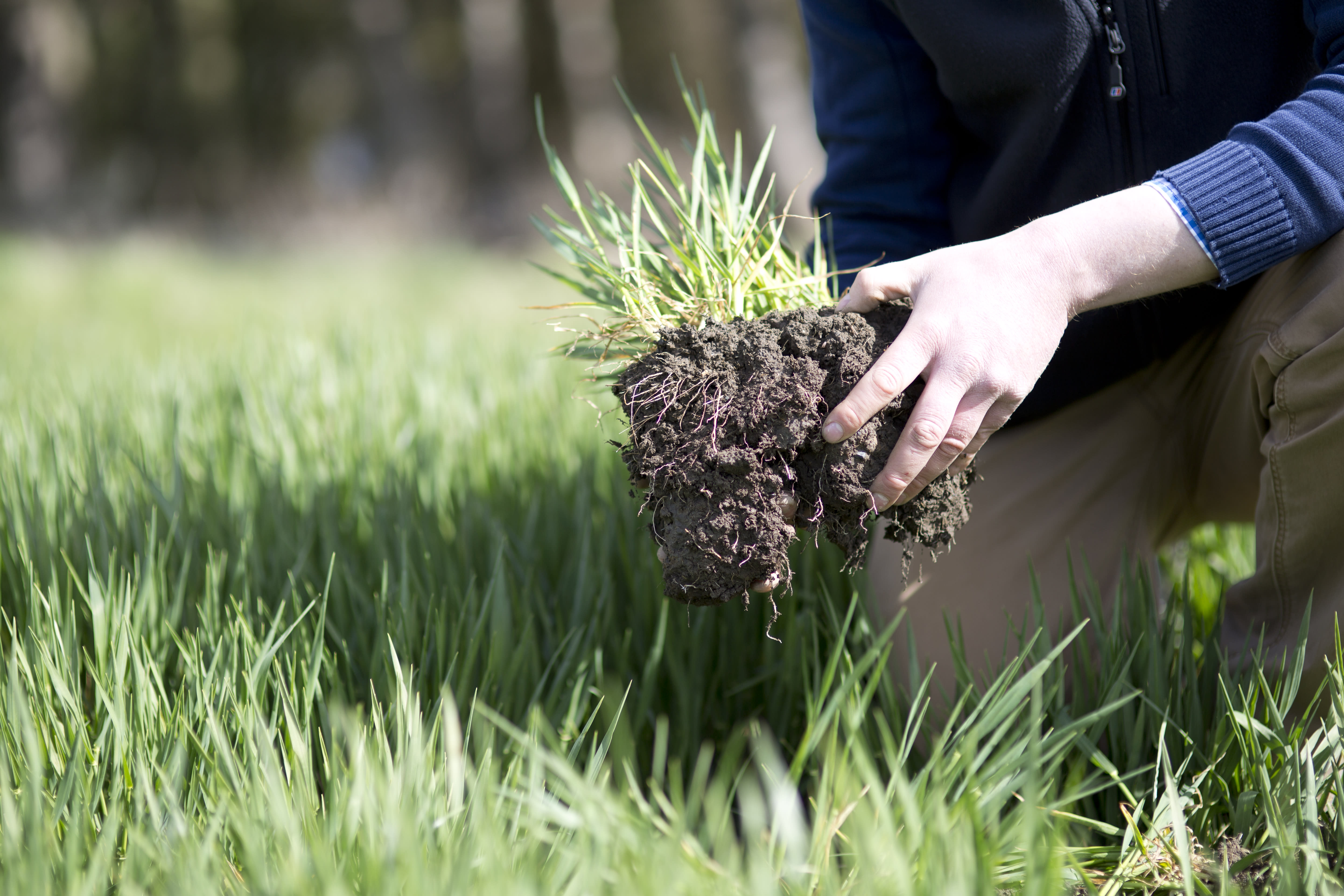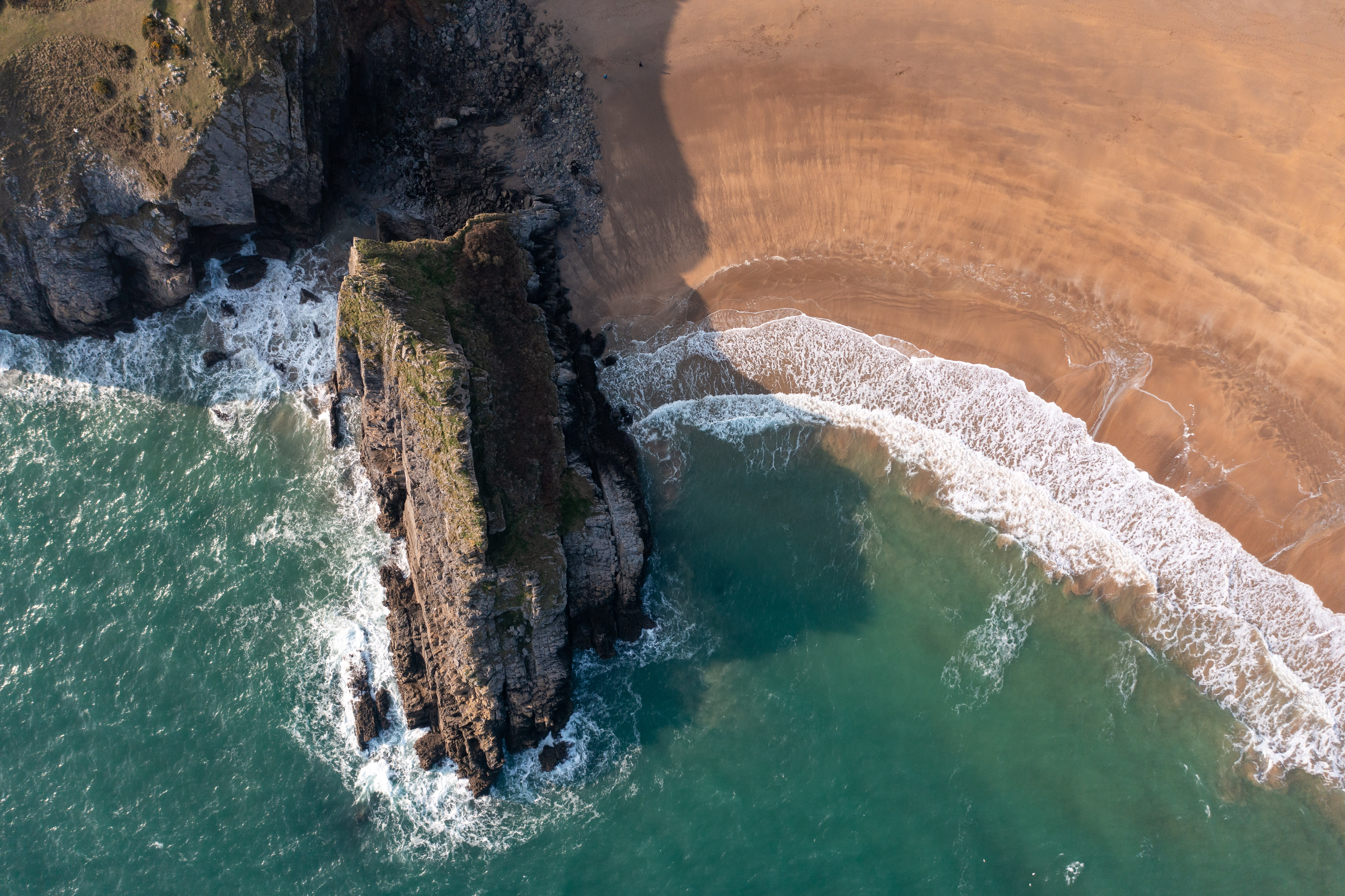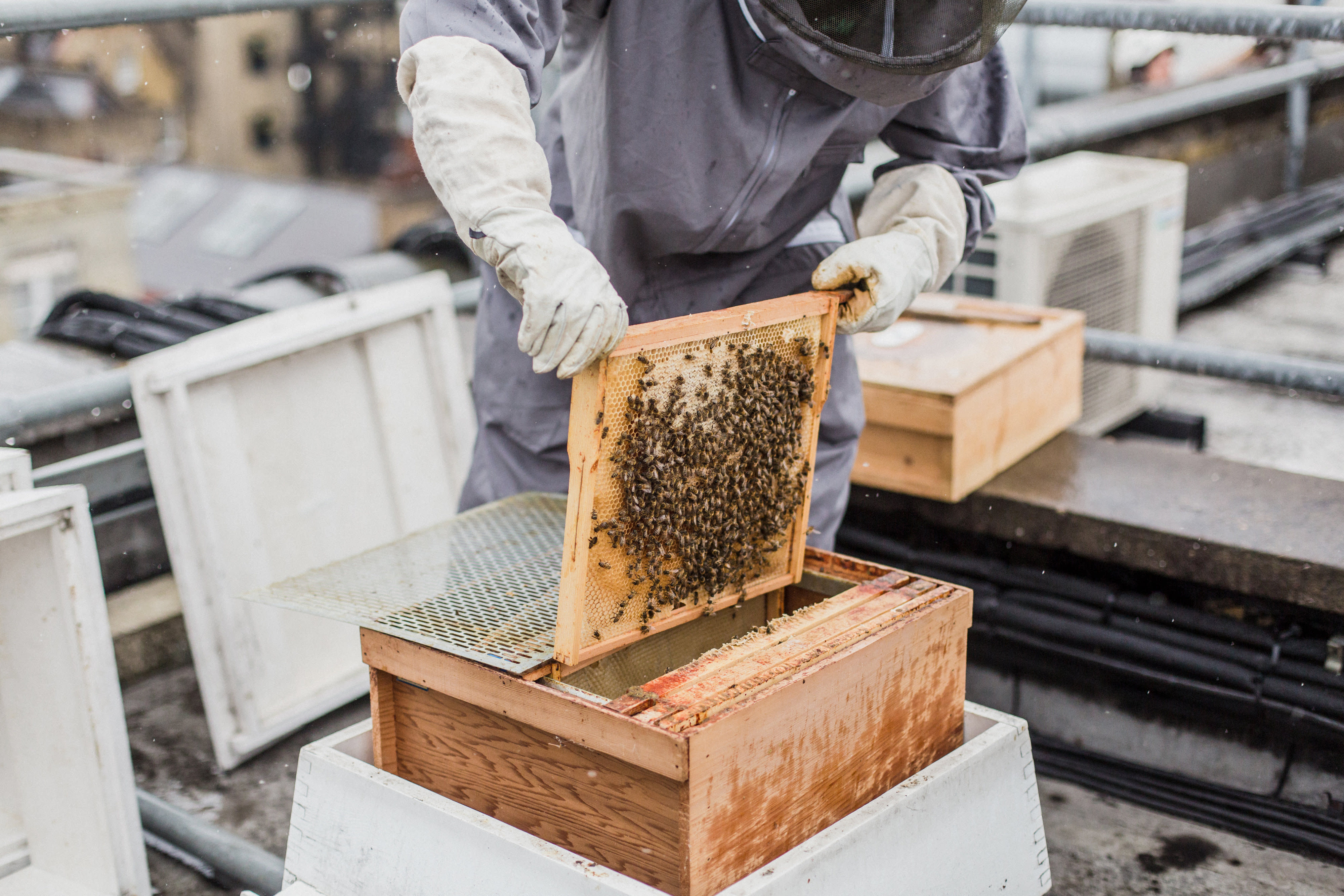200,000 acres
The size of our Rural and Windsor portfolio

Sustainability
Nature is critical for our very existence, quality of life and livelihoods. It also has the power to mitigate the effects of climate change.
We’re stewards of diverse natural assets, spanning from the seabed to urban and rural landscapes. Our distinct portfolio offers us a unique opportunity to champion nature recovery on a vast scale, use land differently, and develop natural ways to capture carbon.
We understand that conserving nature and ecosystems is a complex process. We need to act now, where we can. At the same time, we need to take a balanced, long-term view to tackling systemic issues. To do this, we focus on fostering partnerships, investing in innovation, and using data and evidence to make informed decisions.

Sustainable development of the seabed
Our ambition is to become the most attractive and sustainable marine economy in the world, with nature at the very core. As demands on the seabed increase, it’s important we develop ways to maintain the rich biodiversity of our seas, safeguard nature, reduce environmental risks, enhance coastal communities, making sure that we foster sustainable development of the marine sector.
There are a range of ongoing activities to boost seagrass restoration and conservation efforts across our marine portfolio, with the need for collaboration on this greater than ever. Seagrasses support commercial fisheries and biodiversity, clean the surrounding water, protect shorelines against coastal erosion and help take carbon dioxide out of the atmosphere. Because of these benefits, seagrasses are believed to be the third most valuable ecosystem in the world.
We are working with our partners to understand where restoration activities should be prioritised to help recover key seagrass bed habitats. This includes in Studland Bay, Dorset, on the south coast of England, where we have provided funding for eco-moorings for recreational boaters helping to reduce pressure from anchoring in this important Marine Conservation Zone. This helps protect the marine life, including protected species such as the spiny seahorse and endangered undulate rays.
In Anglesey, Tees and Solent, we’re enabling pilot projects for active restoration of seagrass and contributing to projects to scale these trials in the future. Together with the restoration community, we’re also helping to tackle wider system challenges such as seed supply and skills shortages so that greater progress can be made.
We've committed £50 million to our Offshore Wind Evidence and Change programme (OWEC), bringing together a variety of organisations with diverse skills and interests to deliver the sustainable development of the seabed in the UK. This includes supporting projects that fill critical evidence gaps around how seabirds interact with offshore windfarms, and how strategic compensation measures could support seabird colonies, habitat restoration and creation. Read more about OWEC here.
We’ve invested in a major “first of its kind study” working with Blue Marine Foundation, Finance Earth and Pollination on ‘Developing High-Integrity Marine Natural Capital Markets in the UK’. With input from around 100 stakeholders and global experts across civil society, private sector enterprises, academia, government, and financial institutions, our study aims to build consensus around the key barriers and solutions to high-integrity marine natural capital markets – sometimes referred to as nature markets. We recognise natural capital markets and financing models are at an early stage. However, we understand the potential they could offer to bridge the funding gap for nature recovery, which we know is unlikely to be filled by public sector funding alone. This partnership will help us understand what could be done and what might work effectively in the UK.
Rural land and farming
The Windsor Estate and Great Park spans over 16,000 acres and is home to a rich variety of plant and animal life. Around half of the land is a Special Protection Area, Special Area of Conservation or Site of Special Scientific Interest.
The Estate has one of the largest collections of ancient and veteran oak trees in Northern Europe, including King Offa’s Oak – the oldest living oak tree in the park and planted in around 710. It has a diverse ecosystem of fungi, which includes 43 rare species confined almost entirely to the Estate, and it brims with a huge variety of birds and wildlife.
We continue to learn on our journey towards being a leader in environmental and ecological best practice on the Estate. We’re delivering a ten-year replanting programme of new trees, hedges and green lanes. We’ve established new heathlands to enhance wildflower diversity, as well as wetlands and dead wood habitats to support wildlife and ecosystems.
In 2022, Windsor Great Park topped ALVA’s most visited attractions list with 5.6 million visits. Critical to our work is balancing visitor experiences, with preserving our ecologically vital habitats.
Spanning 185,000 acres, our rural land plays a pivotal role in food production, nature recovery and livelihoods. We aim to be a leader of sustainable agriculture and best practice.
As part of this work, we have engaged with commercial partners to develop a new environmental farm tenancy agreement that incentivises low carbon farming, biodiversity net gain and trialling of new commercial models. We have also offered the potential to co-fund investment into new technology, habitats and environmental schemes at scale.
We’re committed to preserving and enhancing our rural land for farming, leisure, nature and climate resilience. This includes our £5 million programme that supports our farmers in planting over 1,000 acres of new woodland and 100 miles of new hedgerows over three years.
Urban nature and biodiversity
We use our buildings in urban centres for habitat conservation. In partnership with Wild West End, we're dedicated to conserving and creating habitats in the heart of London. Together with other property owners, we've brought over 4,000 square metres of green space to life, providing sanctuaries for birds, bats, and bees. This urban greenery also improves air quality and sustains healthy urban ecosystems.

Our partnership with The Wildlife Trusts has allowed us to bring nature into our regional retail destinations, creating places that are enjoyed by communities and wildlife. This includes establishing bee friendly borders at Crowngate Shopping Centre in Worcester, a tranquil garden for honey bees on the rooftop of Princesshay Shopping Centre in Exeter, and created the first biodiversity graffiti wall in the heart of Newcastle city centre at The Gate.
Putting net zero and nature at the heart of our activities.